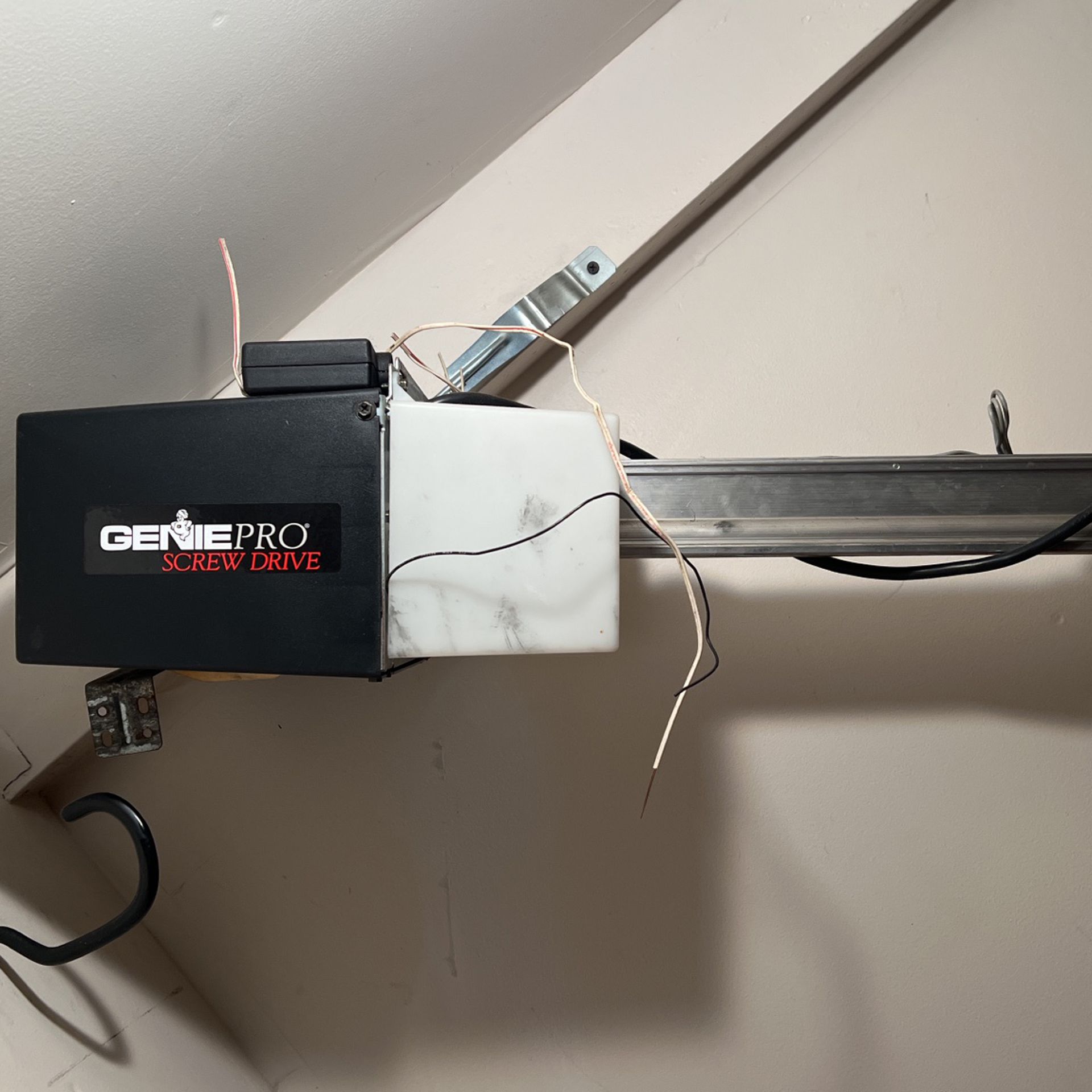Have you noticed unsightly cracks marring the surfaces of your ceiling and walls? These fissures not only detract from the aesthetics of your home but could also indicate underlying structural issues that require immediate attention. In this comprehensive guide, we’ll delve into the causes of cracks in ceiling and walls, effective prevention strategies, and steps to remediate the problem, ensuring a safer and more visually appealing living environment for you and your family.
Unveiling the Causes of Cracks in Ceiling and Walls: Cracks in ceiling and walls can stem from various factors, ranging from natural settlement to structural instability:
1. Natural Settlement: Over time, buildings naturally settle as the materials adjust to the weight and stress placed upon them. This settling process can result in minor cracks in the ceiling and walls, particularly in newly constructed or recently renovated homes.
2. Moisture Damage: Excessive moisture infiltration, whether from leaks, humidity, or flooding, can weaken the structural integrity of ceilings and walls, leading to cracks. Water seepage can cause materials to expand and contract, contributing to the formation of fissures over time.
3. Foundation Issues: Problems with the foundation, such as settling, shifting, or inadequate support, can exert pressure on the structure, causing cracks to appear in the ceiling and walls. Foundation movement may result from soil conditions, poor construction practices, or seismic activity.
4. Structural Movement: Buildings are subject to various forms of movement, including thermal expansion and contraction, wind loads, and vibrations. These dynamic forces can induce stress on the building materials, leading to the development of cracks in the ceiling and walls.
Prevention Strategies for Cracks in Ceiling and Walls: Taking proactive measures can help mitigate the risk of cracks in your home’s ceiling and walls:
1. Proper Construction Practices: Ensure that your home is built or renovated using high-quality materials and construction techniques. Adequate reinforcement, proper joint detailing, and attention to structural integrity can help minimize the likelihood of cracks forming in the ceiling and walls.
2. Moisture Management: Implement effective moisture control measures to prevent water infiltration and damage. Regularly inspect your home for leaks, repair damaged roofing, plumbing, and seal gaps or cracks to prevent moisture from seeping into the ceiling and walls.
3. Foundation Maintenance: Keep your home’s foundation in good condition by addressing any issues promptly. Monitor for signs of settlement, such as uneven floors or doors, and enlist the services of a professional foundation contractor if necessary to stabilize the foundation and prevent further structural movement.
4. Expansion Joints: Install expansion joints or control joints in areas prone to structural movement, such as large expanses of ceiling or walls. These joints allow for controlled expansion and contraction of building materials, reducing the likelihood of cracks forming due to thermal or structural stresses.
Remediating Cracks in Ceiling and Walls: If cracks have already appeared in your home’s ceiling and walls, it’s essential to take corrective action to address the underlying issues:
Identifying the Source: Begin by identifying the root cause of the cracks, whether it’s settlement, moisture damage, foundation issues, or structural movement. Conduct a thorough inspection of the affected areas to determine the extent of the damage and formulate a plan for remediation.
Repairing the Damage: Depending on the cause of the cracks, repairs may involve patching, sealing, or reinforcing the affected areas. For minor cracks, you can use patching compounds or sealants to fill the gaps and restore the surface. However, for more severe damage or underlying structural issues, it’s advisable to consult with a structural engineer or contractor for professional assistance.
Monitoring and Maintenance: After remediation, monitor the repaired areas regularly for signs of recurrence. Keep an eye out for new cracks, changes in the size or shape of existing cracks, or other signs of structural distress. Address any issues promptly to prevent further damage and ensure the long-term stability of your home.
Conclusion: Cracks in ceiling and walls are not only cosmetic flaws but can also indicate underlying structural issues that require attention. By understanding the causes of cracks, implementing preventive measures, and taking prompt action to address any damage that occurs, you can protect your home from costly repairs and ensure the safety and comfort of your family. Remember, proactive maintenance and regular inspections are key to preserving the structural integrity and aesthetics of your home and maintaining peace of mind for years to come.


